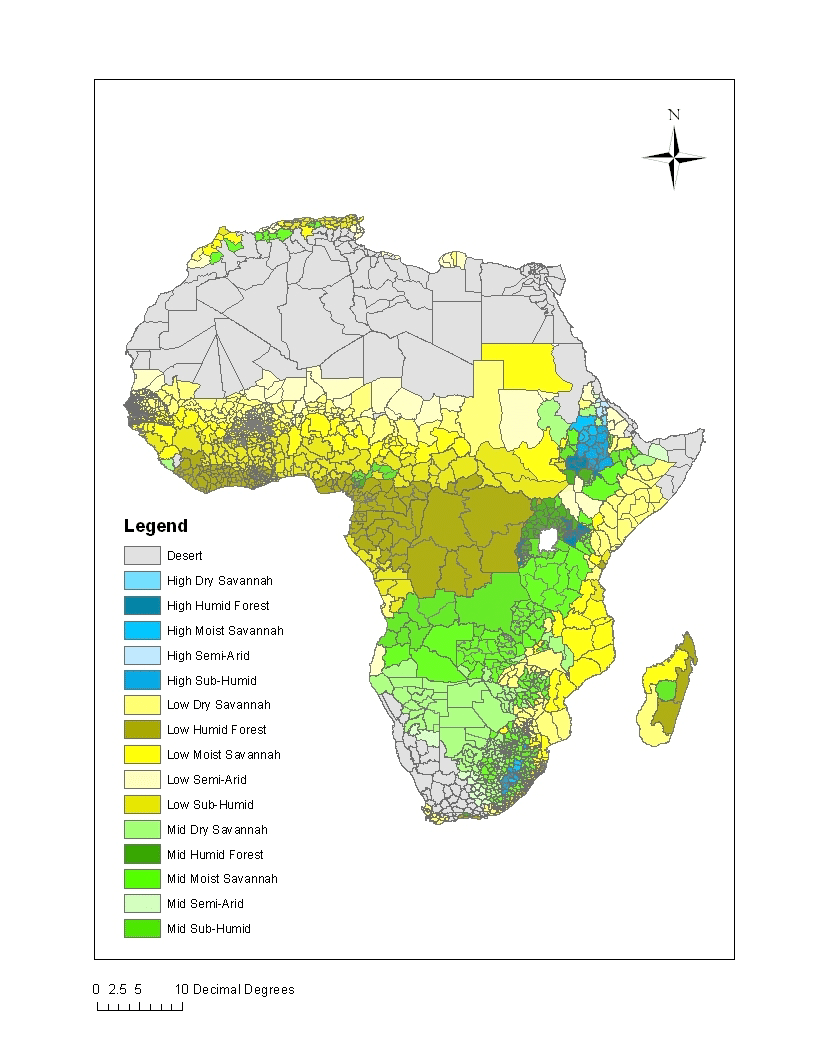Pre-Colonial Africa
The topic of my blog series is the history of African American Food, a foodways research project focused on the cultural and historical impact on African American food. In order to discuss the most desired foods by African Americans in the 21st century, we have to travel back in time. Before the great depression, before migration, before slavery, before the transatlantic slave trade, and even before modern AD time. I'm going to start my research talking about food in Pre-colonial Africa, but more specifically practices before and after farming.
Erik Green, the author of Production Systems in Pre-colonial Africa which discusses the ecological and social disadvantages faced by Africans and what they did to adapt. As Green (2023) writes, "farmers in those days faced two big challenges: a hostile environment and scarcity of labour" (p.1). To discuss these adaptions, I want to start by stressing the importance of climate in Africa.

As noted in the image above (The impact of climate change on agro-ecological zones: Evidence from Africa), "the five main regions are the tropical rain forest, the savannah, the highlands, the deserts, and the temperate zones" (Green, 2023, p. 4). The majority of Northern Africa is desert land, Northwestern Africa is savannah land, most of the highlands are located in the Northeast. In the south is where the temperate and tropical rain forest areas are. Although the climate is much more complex than that because certain zones overlap within the African regions. Mapping out zones by climate relates to understanding the fertility of the soil and the areas that were good for growing crops.
Crops that were found in the forest areas were oil-palms, yams, and plantains (Green, 2023, p. 4). Forest land was found in West Africa during 1000 AD. The high level of fertility within forest land soil caused many to flock to these areas but due to the immense size of these lands, conflicts about labor often arose. The people made fit for farming the soils in forest areas were young men but often not enough in one area to farm the entirety of the land, so to solve this social conflict West Africans came up with two solutions. (1) share labor behind men and women, (2) put children to work in domestic and farm labor (Green, 2023, p. 5).
Unlike the forest areas, savannah zones were known to be less fertile but had a less hostile environment. Factors that determined a hostile environment when talking about agriculture are diseases and the effects grazing had. In these zones, crops such as millet and sorghum were grown (Green, 2023, p. 5). The savannah land was found in East, Central, and West Africa and were densely populated on lake shores. To combat grazing, Ethiopians introduced the ox-plough which caused an increase in the farming economy, and it became easier for them to make money and have political power (Green, 2023, p.8).
In conclusion, Yams, oil-palms, plantains, mill, sorghum, and later bananas are a few staple foods that were cultivated by farming in pre-colonial Africa.